Roaming through Central Montenegro, we are always eager to discover new places, new villages and new landscapes. And far away from the tourist areas, we are often really surprised by the form of old stone houses – most of them left to the ravages of time –, which perfectly fit into the natural environment.
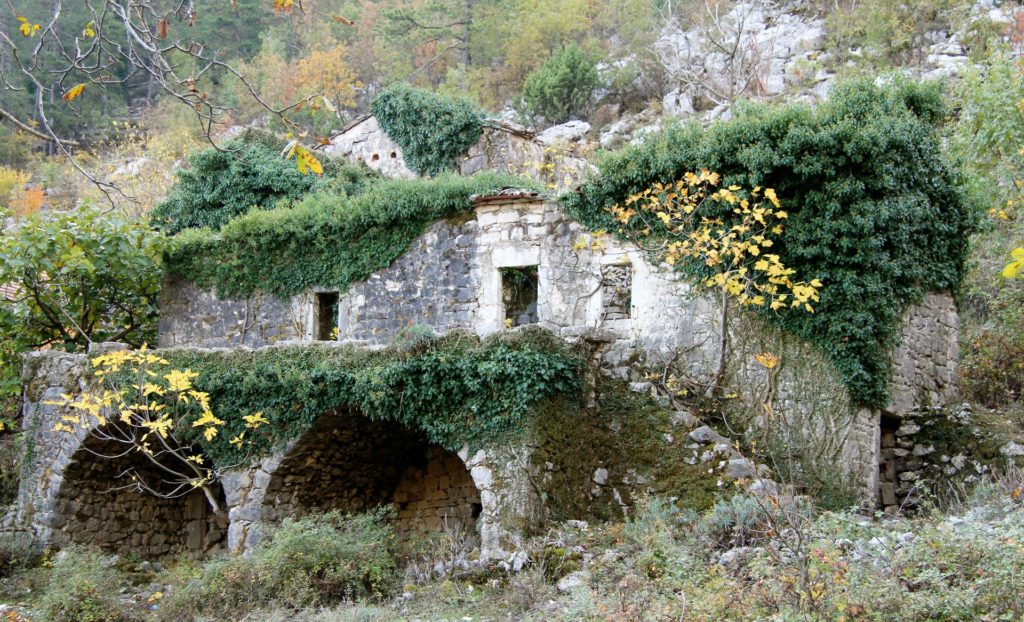 I often try to imagine how life looked like in the Montenegrin karst region. Centuries ago, people lived without electricity, they collected water in rainwater reservoirs (‘bistijerne’) and spent the evenings sitting together around an open fireplace (‘ognjište’) in a room full of smoke, with big pieces of meat drying above their heads… But yet, people survived, raised their families, worked and waged wars – and made the country into what it now is.
I often try to imagine how life looked like in the Montenegrin karst region. Centuries ago, people lived without electricity, they collected water in rainwater reservoirs (‘bistijerne’) and spent the evenings sitting together around an open fireplace (‘ognjište’) in a room full of smoke, with big pieces of meat drying above their heads… But yet, people survived, raised their families, worked and waged wars – and made the country into what it now is.
Why did the old Montenegrins decide to build their houses with such thick walls, why did they choose a location ‘on the side’, why were the windows so small…? And why did they arrange their living space on the upper floor, while the ground floor (‘izba’) was used for economic purposes only?
Stone houses in Old Montenegro were built in a very simple way. The builders of village houses were no highly-educated architects; they just used the experience of their fathers, grandfathers and neighbours. Honestly speaking, I think that they were a good example for today’s architects and builders, as they lived in harmony with nature, using natural materials from their environment for the construction of their houses and adapting them to the terrain.
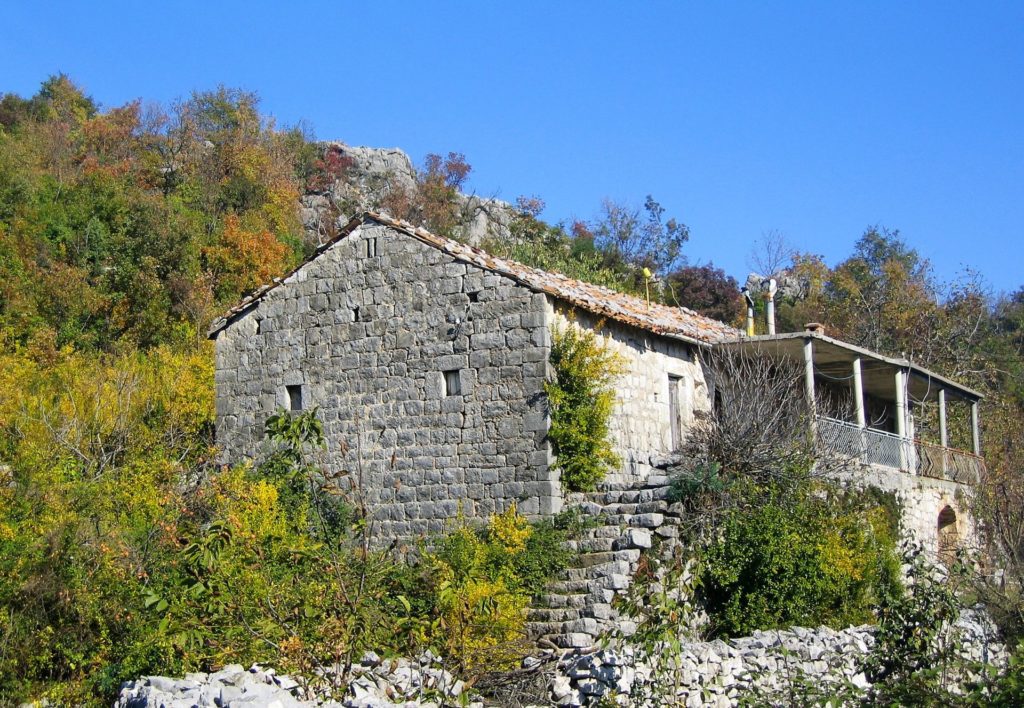 Which were the preconditions for building a good house in the Montenegrin countryside? First of all, the house should be built on a stable soil, in a safe and protected place, for instance on a southern or south-eastern hill slope, with a good view of the area around. By choosing such a place, the villagers avoided the loss of a part of their valuable fertile land or meadows. And of course, it was very important to stay dry, as many land surfaces were flooded during the winter as a result of heavy rains.
Which were the preconditions for building a good house in the Montenegrin countryside? First of all, the house should be built on a stable soil, in a safe and protected place, for instance on a southern or south-eastern hill slope, with a good view of the area around. By choosing such a place, the villagers avoided the loss of a part of their valuable fertile land or meadows. And of course, it was very important to stay dry, as many land surfaces were flooded during the winter as a result of heavy rains.
In the rugged karst landscape of Central Montenegro, all houses were constructed of local stone.
Most houses had an elongated shape and a double-slope roof. The walls were made of roughly dressed stone in two faces, with a total thickness from 50 to 80 cm. The space between the two faces was filled with small pieces of stone. Such compact thick walls represented a good protection from the heat – have you ever spent a few hours in such a stone house during the summer? And did you need an air-conditioner? I am sure you didn’t!
 Windows and doors were framed with stone beams and squares, with wooden shutters (‘škure’) for the protection from sun and wind. The roofs were covered with a kind of half-round tiles (‘ćiramida’), often secured by stones along the edges, but in earlier times the roof could also be cladded with straw or covered with slate.
Windows and doors were framed with stone beams and squares, with wooden shutters (‘škure’) for the protection from sun and wind. The roofs were covered with a kind of half-round tiles (‘ćiramida’), often secured by stones along the edges, but in earlier times the roof could also be cladded with straw or covered with slate.
The most beautiful part of the house used to be a terrace with a fence made of stone, often provided with low stone benches (‘pižuni’) in the shade of a pergola. This terrace offered direct access to the residential space that was located on the first floor, as this part of the house was dry and airy. The ground-floor or cellar was created by underpinning the slopes; it was used as storage space. Cattle was kept in a separated building called ‘pojata’.
But of course, there were also poor people who were forced to build very simple houses, so-called prizemljuše, which means ground-floor houses. Most of them had one door and one or two windows only.
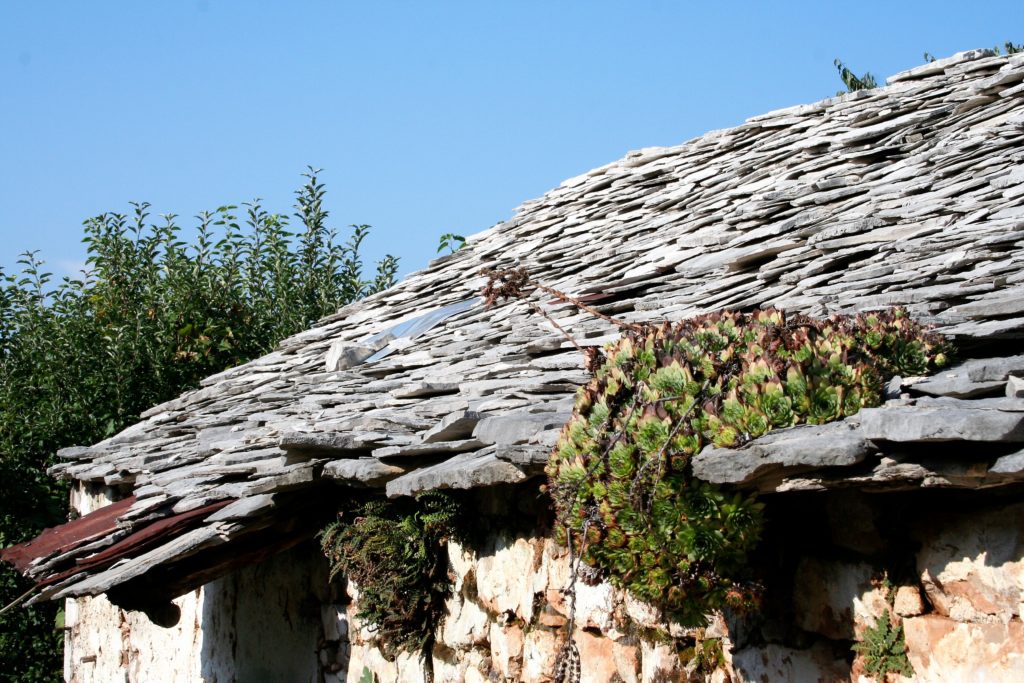 In some areas of Central Montenegro (Crmnica for instance) you can still find old stone houses with typical vault constructions supporting the terrace. They often give access to wine cellars.
In some areas of Central Montenegro (Crmnica for instance) you can still find old stone houses with typical vault constructions supporting the terrace. They often give access to wine cellars.
Did you know that the Montenegrins are quite superstitious? There are some interesting proverbs, which are still taken into consideration when building a house, e.g. ‘It is no good to build a house on the same place where the old house was standing.’ Maybe that is the reason why so many old stone houses were abandoned and new concrete houses built nearby?
Anyhow, there are still a lot of foreigners who are interested in buying and renovating old stone houses in Montenegro. It’s true, most of them are searching buildings on the coast, but during the last few years many ‘ruins’ were also purchased around Skadar Lake and in other villages of Central Montenegro.
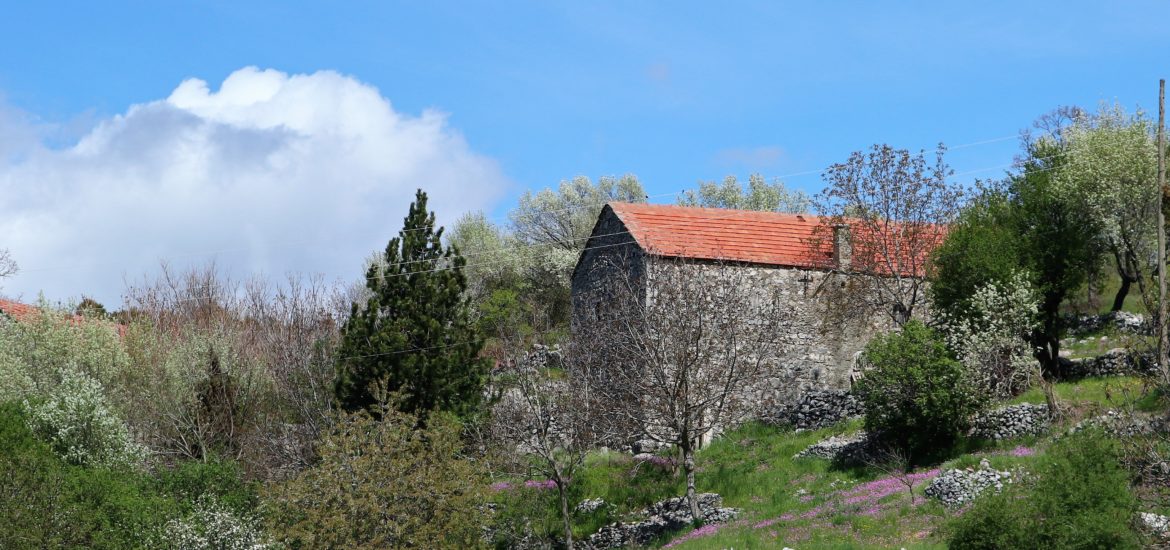
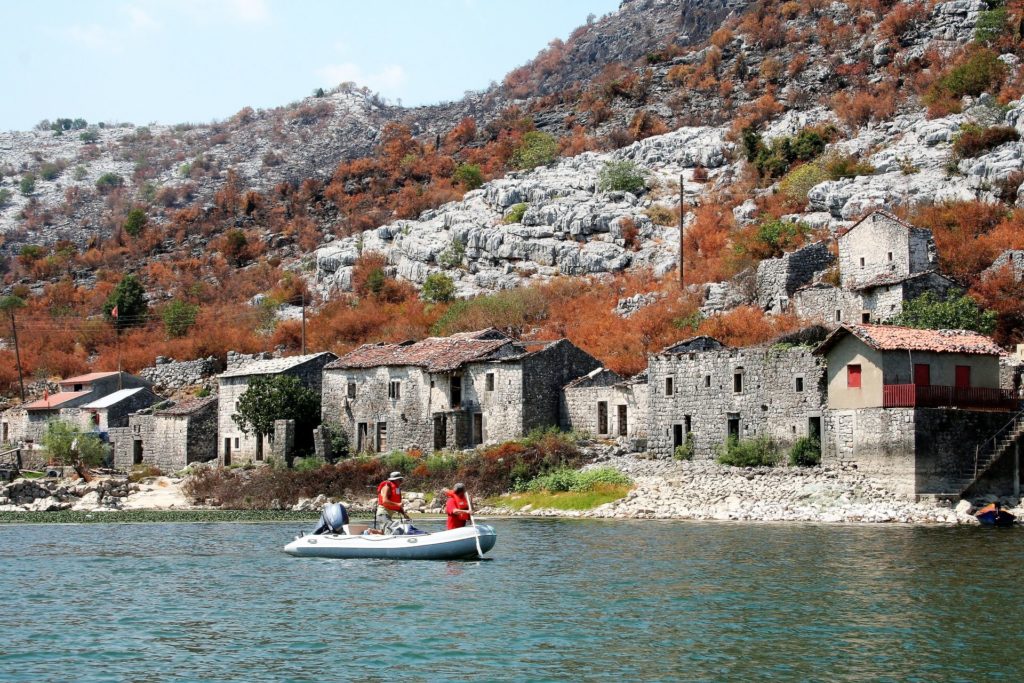
Another great blog! Love the practicality & environmental fit of the old places. Thanks Marianne for sharing!
If I had appropriate funds, it’s Skadar Lake that is most appealing to me.
we will try and find some in 14 days we leave for 10 days montenegro first time, thx for the information